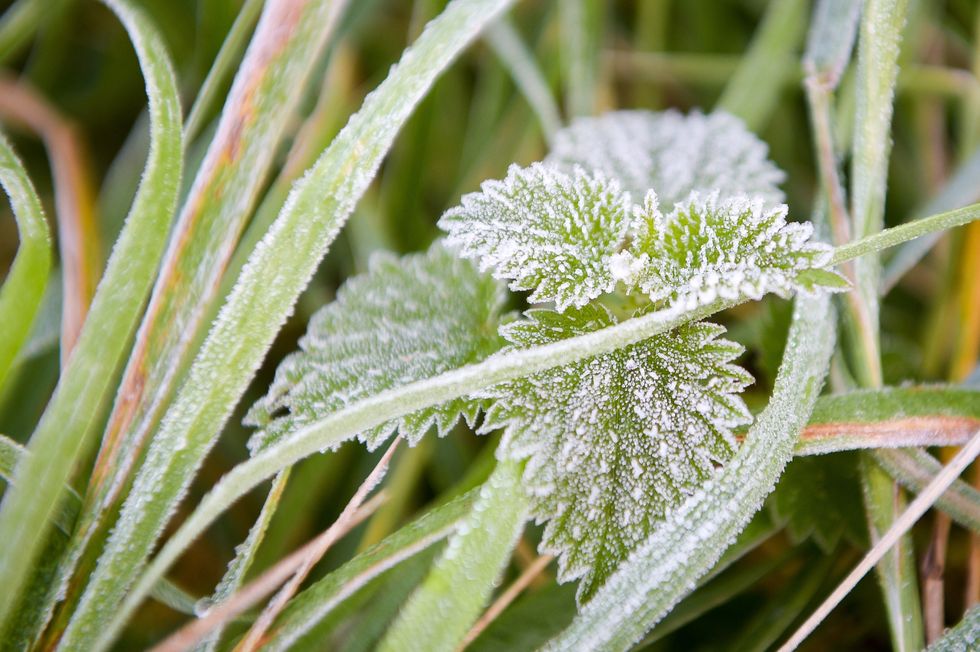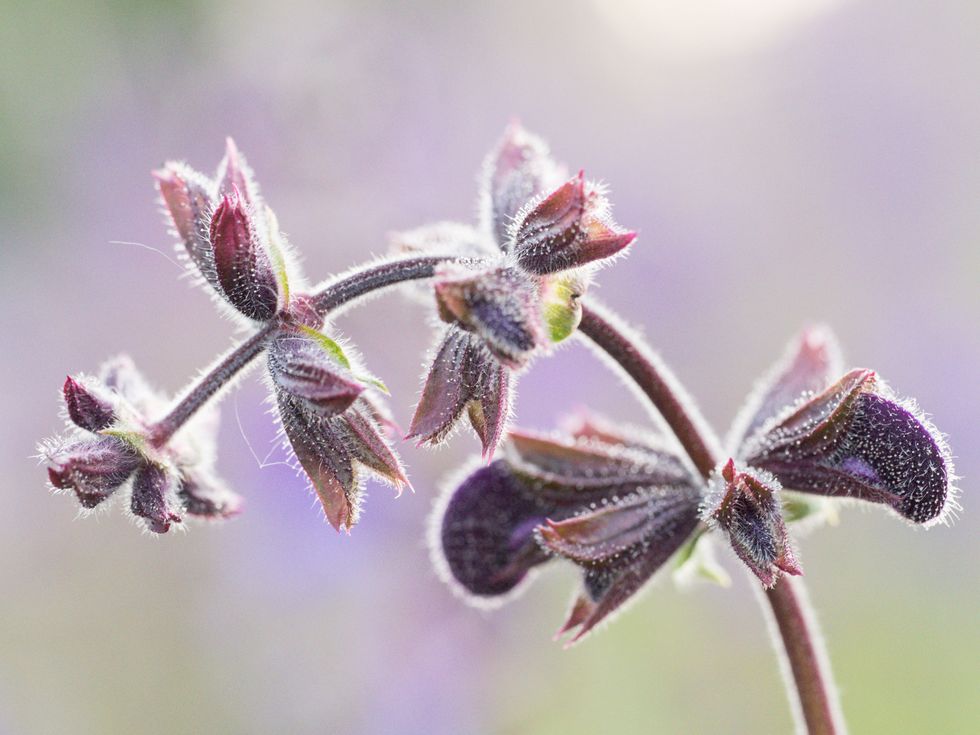Two pesky weeds to use as 'nutrient-dense fertilisers' for exceptional flowering this spring
digi bbc gardeners world |

Repurposing garden weeds as plant feed could promote prolific flowering
Don't Miss
Most Read
Latest
Weeds can be the bane of a gardener’s existence, but they can serve as a unique source of nutrients when prepared as a fertiliser.
Many dismiss pesky weeds because they compete with surrounding foliage in the environment for nutrients and hydration.
Some weeds, however, pack generous amounts of growth-boosting nutrients and can be repurposed as plant feed.
Nettle contains nitrogen, calcium and magnesium, which are the building blocks of healthy plant growth.

Stinging nettle contains many of the nutrients plants need for strong growth
|PA
Comfrey is another strong contender, says the Royal Horticultural Society, as it is exceptionally “useful for flowering and fruiting”.
Jane Dobbs, gardening expert at Allan’s Gardeners, told GB News how to use the weeds as “nutrient-rich fertilisers”.
She said: “After steeping the chopped weeds in water for a few hours, strain out the plant materials and dilute the resulting liquid before applying it to your plants.”
Diluting the ingredients is essential when preparing the homemade solution because it prevents roots from getting burned or damaged.
“Apply the fertiliser evenly around the base of the plants to ensure that each plant receives the same amount of nutrients,” added Jane.
An even sprinkling of the product is crucial to ensure plants and flowers grow at equal rates.
“Concentrating fertiliser in one spot can result in uneven growth in nutrient deficiencies,” warned the gardening expert.
Though deficiencies in plant nutrients are rare, recognising the red flags will help gardeners avoid over-feeding their flowers.
LATEST DEVELOPMENTS

Repurposing weeds as plant feed could encourage more flowering
|GETTY
“Pay attention to how your plants respond to the homemade fertiliser,” instructed Jane.
“Whenever your plants show signs of nutrient deficiency or excess (like yellowing leaves or stunted growth), adjust the fertiliser application.”
The RHS notes that the practice may be particularly beneficial when carried out once plants have been pruned.
Summer flowering deciduous shrubs are typically pruned during February and March to promote long-term growth.











